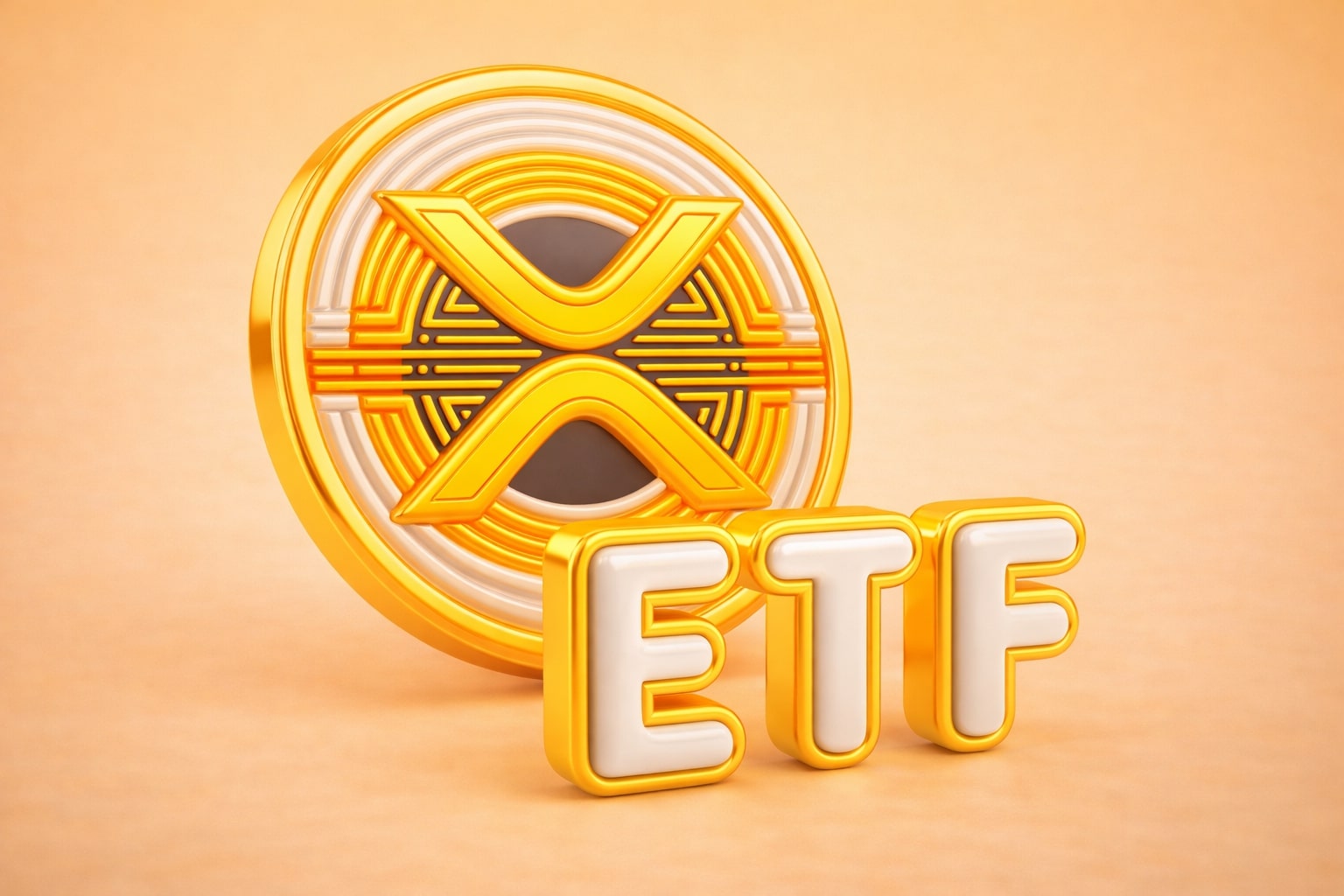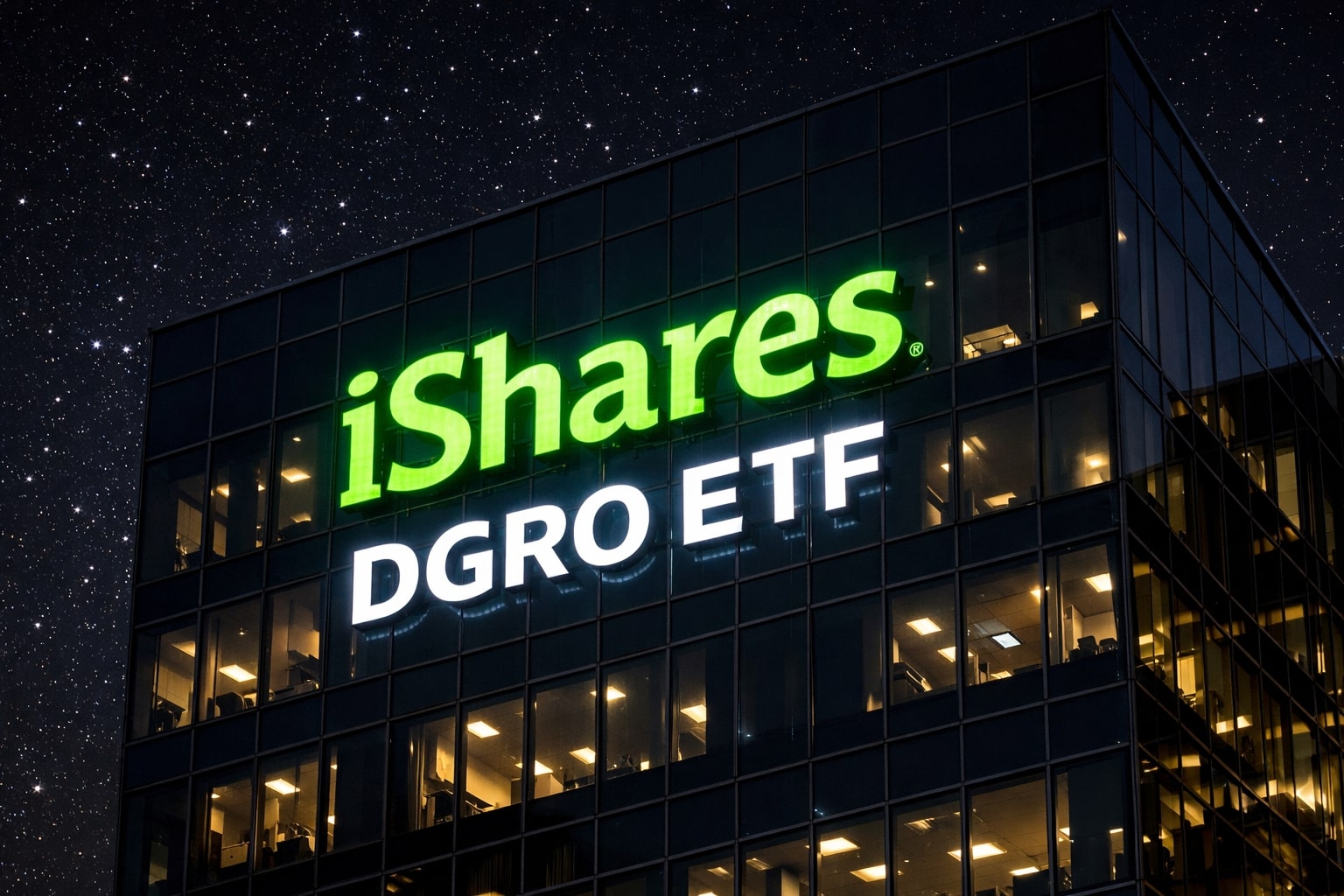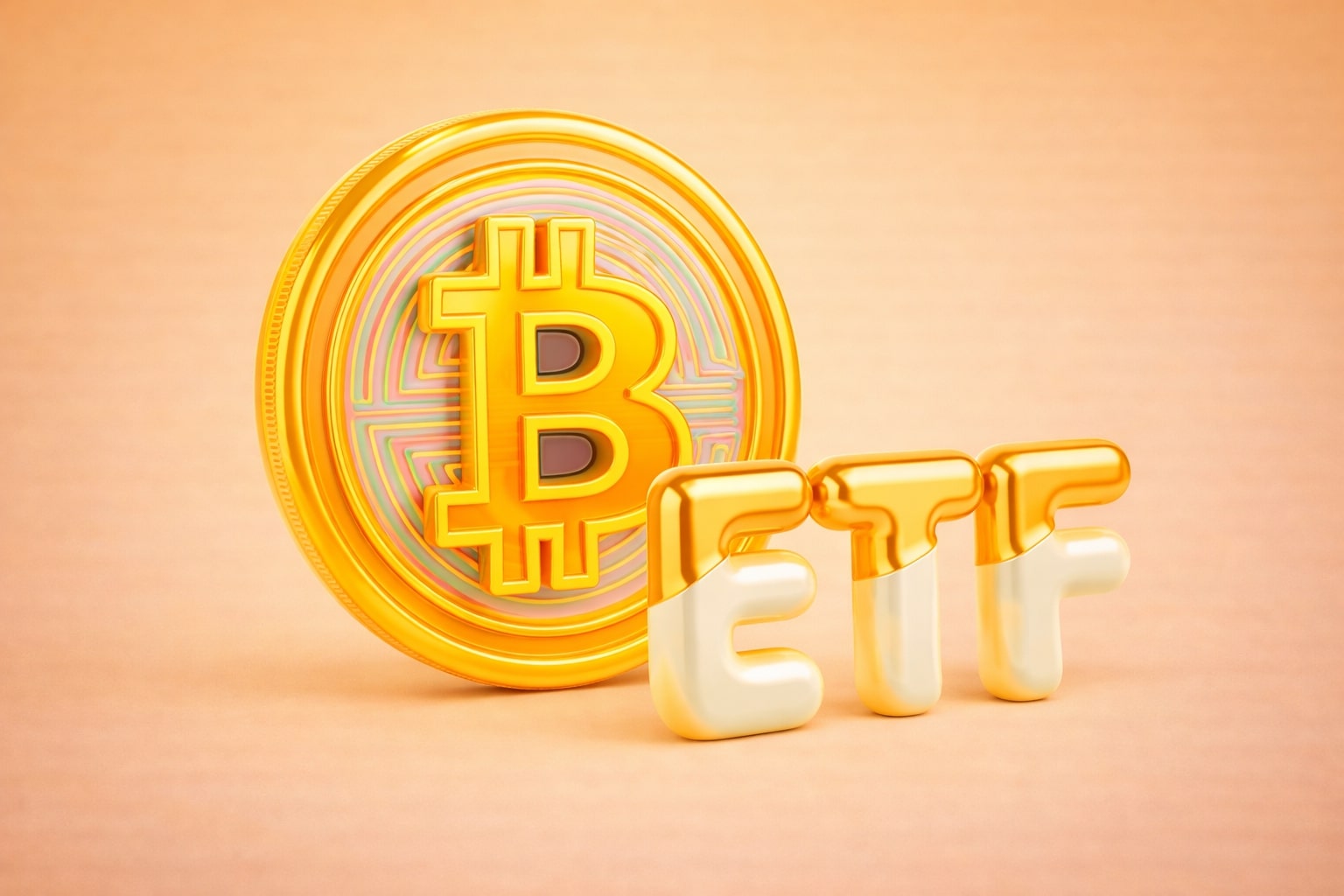
Commodities With Highest Profit Margins
Delving into the World of High-Profit Commodities: Gold, Crude Oil, Coffee, and Lithium
Navigating the world of commodities can be a complex endeavor, with countless variables influencing each commodity's potential for profit. Among these, some commodities offer higher profit margins due to factors such as market volume, demand, and the unique dynamics of their specific sectors.
Commodities with highest profit margins are Gold , Crude Oil , Coffe and Lithium.
Gold
Has a rich history as a coveted commodity and has long been viewed as a symbol of wealth and stability. In the modern investment landscape, it continues to be an asset with the potential for significant profit margins.
Best Trades with the Highest Profit Margins:
Those who bought gold in late 2019, just before the COVID-19 pandemic hit global markets, would have seen substantial returns as gold prices soared amidst market uncertainty in 2020.
The Story:
Gold, the timeless safe-haven asset, has been the centre of many successful trades, particularly during periods of economic turmoil. One such event unfolded at the onset of the COVID-19 pandemic, which threw economies into disarray and investors into a frenzy. As the storm clouds gathered in late 2019 and whispers of an imminent health crisis began to stir, the conditions were ripe for a golden opportunity.
The Execution:
Ray Dalio, founder of Bridgewater Associates, one of the world's largest hedge funds, is known for his understanding of macroeconomic patterns. In 2019, Dalio had begun sounding the alarm about a potential economic crisis on the horizon. Taking his own advice to heart, he increased Bridgewater's exposure to gold before the end of the year.
The Outcome:
As the COVID-19 pandemic took hold, economies worldwide staggered, and traditional markets experienced extreme volatility. Gold, however, held firm and then began its climb. Between late 2019 and mid-2020, the price of gold surged by over 30%, peaking at more than $2,000 an ounce for the first time ever in August 2020.
Bridgewater's strategic positioning paid off handsomely. Their gold investments provided a stable counterbalance amidst the volatile markets, contributing to significant gains for the fund. Similarly, those who invested in gold via ETFs, futures, or physical gold prior to the pandemic likely saw substantial returns as gold prices soared in response to market instability.
Best Ways to Short Gold:
Shorting gold, or betting that its price will go down, can be a lucrative strategy when done correctly. Here are a few common methods:
-
Gold Futures: Gold futures are contracts that obligate the buyer to purchase a set amount of gold at a future date and a predetermined price. If an investor believes that the price of gold will decrease in the future, they can sell a futures contract. If their prediction is correct, they can buy the contract back at a lower price and profit from the difference.
-
Exchange-Traded Funds (ETFs): Gold ETFs track the price of gold and can be shorted like any other stock. This provides a convenient way for investors to bet against the price of gold without having to deal with futures contracts. Notably, the SPDR Gold Shares (GLD) is one of the most popular gold ETFs.
-
Put Options: Put options give investors the right (but not the obligation) to sell a specific amount of gold at a set price within a certain time frame. If an investor anticipates a decline in gold prices, they could purchase a put option and potentially profit if their prediction comes true.
Market Volume and Demand:
Gold's market volume and demand are influenced by a variety of factors, ranging from global economic conditions to central bank policies. During periods of economic uncertainty or instability, demand for gold typically increases due to its reputation as a stable store of value. Conversely, when economic conditions are positive, demand may decrease as investors shift towards riskier, higher-yield assets.
Central banks also play a role in driving gold demand. Many central banks hold gold reserves and can influence the market when they decide to buy or sell significant quantities. Additionally, consumer demand for gold in industries like jewelry and technology can also influence its market volume.
Investing in gold can be a prudent decision to diversify a portfolio, hedge against inflation, or seek stability in volatile markets. The method you choose for investing in gold often depends on your investment objectives, your risk tolerance, and your investment horizon. Here are several effective ways to invest in gold:
-
Physical Gold: Owning physical gold in the form of bullion or coins is a traditional way to invest in gold. This method provides the most direct exposure to gold but requires secure storage and insurance, which can increase costs. It's also essential to buy from reputable dealers to avoid counterfeit gold products.
-
Gold Exchange-Traded Funds (ETFs): Gold ETFs, such as the SPDR Gold Trust (GLD) or the iShares Gold Trust (IAU), offer a practical way to invest in gold without having to worry about storing physical gold. These funds track the price of gold, enabling investors to profit from price increases while avoiding the hassle of physical ownership.
-
Gold Futures and Options: These derivatives are contracts based on the future price of gold. Gold futures obligate the holder to buy a specific amount of gold at a future date at a predetermined price, while options give the holder the right, but not the obligation, to do the same. These instruments can offer higher potential returns but come with increased risk and complexity.
-
Gold Mining Stocks and ETFs: Investing in companies that mine for gold is another way to gain exposure to gold prices. These stocks can provide leveraged returns relative to gold prices, meaning they may outperform gold in a rising market. However, they also come with risks not associated with gold prices, such as operational risks or management issues. Gold mining ETFs like the VanEck Vectors Gold Miners ETF (GDX) provide exposure to a basket of gold mining stocks, spreading the risk across multiple companies.
-
Gold Mutual Funds: These funds invest in a variety of gold-related assets, including physical gold, gold futures, and stocks of gold mining companies. They offer diversification and professional management but typically come with management fees.
-
Gold Certificates: These are a form of bank deposit that can be exchanged for physical gold or cash equivalent. They allow investors to avoid the storage and insurance costs associated with physical gold but require trust in the issuing institution.
Crude Oil
Often referred to as 'black gold', is one of the most actively traded commodities worldwide. It's a crucial resource with wide-ranging uses, including fuel for transportation, heating, and electricity generation, as well as raw material for various industries.
Best Trades with the Highest Profit Margins:
In April 2020, West Texas Intermediate (WTI) crude oil futures contract price made history by plunging into negative territory, closing at negative $37.63 a barrel. This price collapse was primarily due to COVID-19 induced demand fall and storage capacity issues.
The Story:
The global market has witnessed its fair share of unprecedented trading events, but one saga that truly stands out is that of the crude oil market during the COVID-19 pandemic. In a drama befitting of a Wall Street thriller, the stage was set with a global economic slowdown, a virus spreading like wildfire, and a consequent plunge in demand for oil. The price of oil, which was hovering around $60 per barrel in January 2020, started its perilous descent as the pandemic tightened its grip around the world.
The Execution:
One of the standout trades during this tumultuous time came from renowned investor Pierre Andurand. Andurand, who runs one of the few hedge funds specializing in oil, foresaw the impending crash and took a highly profitable bearish position. He placed significant short positions on oil futures in early 2020, thereby betting that oil prices would tumble. As the lockdowns and travel restrictions set in, the demand for oil nosedived and, consequently, the price per barrel plummeted to levels unseen in decades.
The Outcome:
Andurand's hedge fund, Andurand Capital, posted its biggest ever monthly gain in March 2020, profiting from the oil market's extreme volatility. The fund surged by a whopping 63.5% in March, followed by another 68.3% gain in April. This two-month run turned an otherwise underperforming year for the fund into a formidable 120% gain for 2020.
Andurand wasn't alone in his success. Many investors who had the foresight to short oil or invest in inverse oil ETFs also reaped significant profits. Yet, it's crucial to understand that the situation was extraordinary and underscores the volatile and high-risk nature of trading commodities, especially oil.
Investors can short crude oil in several ways, each with its unique benefits and considerations:
-
Oil Futures: Oil futures are contracts to buy or sell a specific amount of crude oil at a predetermined price on a future date. If an investor believes the price of crude oil will fall, they can sell a futures contract and later buy it back at a lower price for a profit.
-
Exchange-Traded Funds (ETFs): Several ETFs track the price of oil and oil-related equities. Investors can short these ETFs to profit from a potential decline in oil prices. Some popular oil ETFs include the United States Oil Fund (USO) and the Energy Select Sector SPDR Fund (XLE).
-
Put Options: Put options on oil futures or oil-related equities give investors the right, but not the obligation, to sell the underlying asset at a set price before the option's expiration date. If oil prices fall, the value of the put option will rise.
Market Volume and Demand:
The demand for crude oil is driven by global economic conditions, technological advances, geopolitical factors, and seasonal patterns. During periods of economic growth, demand for oil typically rises due to increased consumption. Conversely, during economic downturns, demand for oil can decrease, leading to lower prices.
Market volume in crude oil trading can fluctuate based on news events, reports on oil reserves and production, changes in governmental policies, and geopolitical tensions. Traders need to keep a close eye on these factors to understand the potential impact on supply and demand dynamics.
Directly handling crude oil is impractical, hence investors often take advantage of various market instruments to gain exposure to crude oil:
-
Futures Contracts: Futures contracts are one of the most direct ways to invest in crude oil. These are agreements to buy or sell a specific quantity of oil at a predetermined price on a future date. Some popular futures exchanges include the New York Mercantile Exchange (NYMEX) and the Intercontinental Exchange (ICE).
-
ETFs and ETNs: Exchange-Traded Funds (ETFs) and Exchange-Traded Notes (ETNs) offer a simpler way to invest in crude oil. These instruments track the price of oil and are traded on stock exchanges just like individual stocks. Some examples include the United States Oil Fund (USO), ProShares Ultra Bloomberg Crude Oil (UCO), and iPath S&P GSCI Crude Oil Total Return Index ETN (OIL).
-
Oil Stocks: Investing in the stocks of companies in the oil sector is another indirect way to invest in crude oil. This includes oil exploration and production companies, oil services companies, and refineries. These companies' fortunes often rise and fall with the price of oil.
-
Mutual Funds and Index Funds: These funds invest in a basket of stocks related to oil or energy sector. They offer diversification within the sector and are managed by professional fund managers.
-
Options: Options on futures contracts offer the right, but not the obligation, to buy or sell oil at a set price on or before a certain date. They provide flexibility and leverage, but they also come with significant risk if not used properly.
Coffee
One of the most actively traded commodities globally, with significant potential for high-profit margins. The coffee market is highly volatile due to factors such as weather conditions, geopolitical issues, and demand-supply dynamics, offering an opportunity for profitable trades.
Best Trades with Highest Profit Margins:
One of the standout trades in recent years came in 2014 when coffee prices rose by nearly 100% in a few months due to a severe drought in Brazil, the world's largest coffee producer. Traders who accurately predicted the drought's impact on the Brazilian coffee crop and acted on it, by buying coffee futures or related ETFs, would have made substantial profits.
The Story of the 2014 Coffee Trade:
Back in 2014, Brazil, the world's largest coffee producer, faced one of its most severe droughts. This was a rare and significant event that threatened the country's coffee crops, particularly Arabica beans, which Brazil produces more than any other country.
For those closely observing the coffee market, signs of the impending drought started to appear towards the end of 2013. Meteorological reports began predicting a dry spell in the main coffee-producing regions of Brazil. In the commodity trading world, where weather patterns often determine fortune, this was a vital piece of information.
Recognizing the potential impact of this drought on coffee production, a foresighted trader could have implemented a strategy to buy coffee futures or related ETFs in anticipation of a sharp increase in coffee prices due to an impending supply crunch.
The Execution:
Buying coffee futures on the Intercontinental Exchange (ICE) would have been a direct method. Each futures contract on ICE represents 37,500 pounds of coffee. Therefore, a trader foreseeing the drought's impact would purchase a number of these contracts, effectively betting on the price of coffee to rise.
Alternatively, an investor could have purchased shares in a coffee-related ETF, such as the iPath Bloomberg Coffee Subindex Total Return ETN (JO). ETFs provide a more accessible avenue for retail investors to gain exposure to coffee prices without the need to directly trade futures contracts.
The Outcome:
As the drought in Brazil worsened in early 2014, it became clear that the coffee crop yield would be significantly affected. The news sent shockwaves through the coffee trading world, leading to a rapid surge in prices. Between January and April 2014, coffee prices soared by nearly 100%.
Traders who had anticipated the impact of the drought and had taken positions in coffee futures or coffee-related ETFs stood to make considerable gains. For instance, if a trader had purchased coffee futures contracts at around $1.20 per pound (the price in late 2013) and sold them at around $2.20 per pound (the price in April 2014), they would have made a profit of about $37,500 per contract.
Best Ways to Trade Coffee:
-
Futures: Coffee futures are traded on the Intercontinental Exchange (ICE). These contracts represent the commitment to buy or sell a specific quantity of coffee at a future date and at a predetermined price. The ICE Coffee C futures contract is the global benchmark for Arabica coffee.
-
ETFs: Exchange-Traded Funds (ETFs) like the iPath Series B Bloomberg Coffee Subindex Total Return ETN (JO) provide exposure to coffee prices without the need to directly trade futures contracts.
-
Shorting: Shorting coffee can be a profitable strategy during periods of expected oversupply or reduced demand. This can be done by short selling coffee-related ETFs or using futures contracts.
Market Volume and Demand:
Coffee is the second most traded commodity globally, only behind crude oil in terms of volume. The demand for coffee is robust and relatively stable due to its widespread consumption worldwide. However, factors such as changes in consumer tastes, economic conditions, and exchange rates can influence demand.
Investing in coffee can be a potentially profitable endeavor, given its status as one of the world's most consumed beverages. Here are some popular market instruments that you can use to invest in this commodity:
1. Coffee Futures:
One of the most direct ways to invest in coffee is through futures contracts. These are traded on the Intercontinental Exchange (ICE), with each contract representing 37,500 pounds of coffee. Trading futures is generally more suited to experienced investors due to the leverage involved, which can lead to substantial losses as well as gains.
2. Exchange-Traded Funds (ETFs):
For those who want exposure to coffee prices without directly trading futures contracts, coffee ETFs provide a convenient alternative. One notable coffee ETF is the iPath Series B Bloomberg Coffee Subindex Total Return ETN (JO). This fund tracks an index of coffee futures contracts, allowing investors to gain exposure to coffee prices.
3. Coffee Company Stocks:
Investing in companies that have significant involvement in the coffee industry is another indirect way to gain exposure to coffee prices. This could involve investing in large multinational corporations like Starbucks or Nestlé, or in companies involved in coffee production and distribution. However, keep in mind that investing in individual stocks also exposes you to company-specific risks.
4. Mutual Funds and Index Funds:
There are mutual funds and index funds that focus on commodities, including coffee. These funds invest in a range of assets associated with commodities, providing diversification across the sector. However, these funds may not offer as much exposure to coffee prices as futures or ETFs.
5. Commodity Trading Advisors (CTAs):
For investors who prefer a hands-off approach, hiring a Commodity Trading Advisor (CTA) can be an option. CTAs are professional asset managers who specialize in trading commodity futures contracts, including coffee.
Lithium
Often dubbed "white petroleum", has grown in importance due to its use in batteries that power everything from smartphones to electric vehicles. As we advance towards an increasingly battery-powered world, lithium demand is set to surge. Here's how one can capitalize on this trend:
Best Trades with Highest Profit Margins:
Lithium's price has seen impressive surges, largely driven by rising demand from the electric vehicle industry. A standout trade in recent years was back in 2015-2017, when lithium prices more than tripled due to a sudden boom in electric vehicle production, particularly from Tesla. Traders who were ahead of the curve and bought lithium futures or related ETFs would have seen substantial profits.
The Story: In the lithium commodity market, a significant story unfolds around Michael Burry of Scion Asset Management, a seasoned player known for his success during the mid-2000s housing bubble. His next big move occurred in late 2018, a period when lithium prices were on a downward trend due to an oversupply.
The Execution: Despite the bearish market, Burry, with his profound understanding of the market's supply-demand dynamics, sensed an opportunity. He substantially increased his fund's investment in the lithium mining company, Global X Lithium & Battery Tech ETF (LIT), betting on the rise of electric vehicles, which would inevitably spike lithium demand.
The Outcome: As the production of electric vehicles ramped up with companies like Tesla leading the charge, the demand for lithium skyrocketed. Consequently, lithium prices rose significantly throughout 2019 and 2020. Burry's strategic investment in late 2018 positioned him perfectly to reap the benefits of this upward trend. Although exact figures remain confidential, the substantial surge in lithium prices during this period suggests that Scion Asset Management likely enjoyed a high-profit margin from this calculated lithium trade.
Best Ways to Short, Using ETFs, Futures, etc:
Lithium futures are not commonly traded, so shorting lithium directly can be challenging. However, there are alternative ways to position yourself for a potential decline in lithium prices:
-
ETFs: Some ETFs offer exposure to lithium and other battery-related commodities. You could short these ETFs if you believe lithium prices will fall. Global X Lithium & Battery Tech ETF (LIT) is one such fund, which invests in the full lithium cycle, from mining and refining to battery production.
-
Stocks: You could short stocks of companies heavily involved in lithium production if you anticipate a downturn in lithium prices. Companies such as Albemarle, SQM, and Livent are significant players in the lithium industry.
Market Volume and Demand:
The lithium market has been growing in volume steadily with increasing demand. According to the U.S. Geological Survey, world lithium production increased by about 13% in 2020 from the previous year. The demand is expected to grow exponentially in the coming years, driven primarily by the expanding electric vehicle market. It's also used in glass, ceramics, lubricating greases, and polymer production.
Investing in lithium, much like other commodities, can be accomplished through several channels, each with its own benefits and risks. Here are a few of the most popular ways to invest in this increasingly important commodity:
1. Lithium Stocks: One common method to invest in lithium is by purchasing stocks of companies involved in lithium mining, production, and lithium-ion battery production. For instance, companies like Albemarle Corporation and Sociedad Química y Minera are heavily involved in lithium production and can offer direct exposure to the lithium market.
2. Exchange-Traded Funds (ETFs): ETFs provide a diversified exposure without having to pin down individual companies. A popular lithium ETF is the Global X Lithium & Battery Tech ETF (LIT), which includes a broad range of companies within the lithium industry, from mining and refining to battery production.
3. Futures Contracts: More experienced investors might consider lithium futures, although these are currently less common and may not be available on all commodities exchanges. Futures contracts can offer significant returns, but they also come with substantial risks due to the volatility of lithium prices.
4. Lithium-focused Investment Funds: Certain investment funds specialize in commodities like lithium. These funds use their capital to invest in a range of assets within the lithium sector, providing another form of diversified exposure.
Read More
-
MercadoLibre (MELI) Stock Price at $2,005 With Street Target Near $2,800
27.12.2025 · TradingNEWS ArchiveStocks
-
XRP ETFs XRPI $10.71 and XRPR $15.19 Ride $1.25B Inflows While XRP-USD Stalls Near $1.86
27.12.2025 · TradingNEWS ArchiveCrypto
-
Natural Gas Price Forecast - NG=F Jumps Toward $4.29 as Colder Weather and Record LNG Demand Tighten NG=F
27.12.2025 · TradingNEWS ArchiveCommodities
-
Stock Market Today - Wall Street Stalls Near Records as Gold and Silver Go Vertical
27.12.2025 · TradingNEWS ArchiveMarkets
-
USD/JPY Price Forecast - USDJPY=X Holds Near 156.5 as Intervention Watch, BoJ Shift and Fed Cuts Collide
27.12.2025 · TradingNEWS ArchiveForex



















